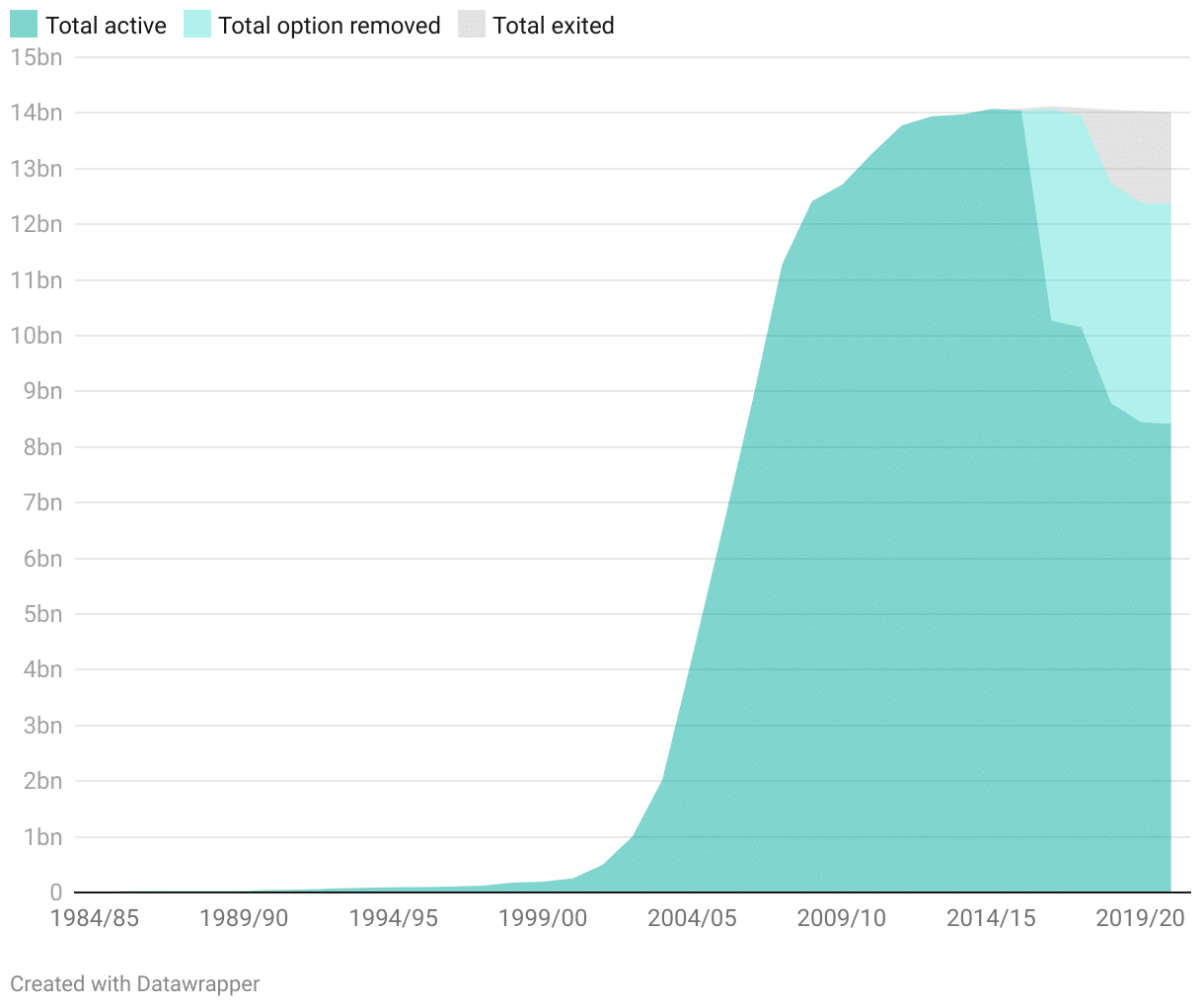| Research for Action are launching a publicly accessible database of LOBO loans, which is the result of 5 years of monitoring LOBO loan debt via hundreds of FOI requests. The online platform will track the number & cost of bank loans held by councils, and at what rate the loans are being exited over time. It will allow residents, local journalists and councillors to find out how bad their council’s LOBO loan debt is, and outline what they can do about it.Ludovica Rogers, database project lead said:“Our new database is the first comprehensive, publicly-accessible depository of information about LOBO loans. We hope it will enable more UK councils to exit the loans, restoring public accountability and reclaiming public money for much-needed local services.” “LOBO loans are clearly a bad deal for local authorities, and their legality is yet to be decided by a court of law.” “It is disheartening to see councils left at the mercy of private banks, with little or no support from central government. This is clearly a UK-wide issue and has been deemed problematic by financial experts, accountancy firms and concerned citizens.” “We hope the new Department for Levelling Up, Housing and Communities will take the issue seriously and we call on Micheal Gove and Andy Haldane to find a solution that will allow councils to wipe off these toxic debts from their accounts.”Link to the database: https://loboloans.info/For details on individual councils, please use the search bar on the homepage.For more information or access to the backend data, please email [email protected] or call 07530909522 or 07429637423 |
| LOBO loans are expensive and risky loans that were widely mis-sold to councils by banks. More than 200 UK local authorities were sold LOBO loans, reaching a peak of £14 bn in 2015. |
 |
| LOBO loans are particularly bad deals for councils and have been described by financial experts as “lose-lose bets” with the banks. They are expensive as they are usually very long term (40-70 years) and have interest rates that are 2-10% higher than current central government interest rates via the Public Works Loan Board (PWLB).They are risky as they contain embedded derivatives in the form of options as indicated by the name LOBO which stands for Lender Option, Borrower Option.From 2015 councils started exiting some of their loans, following a campaign led by Debt Resistance UK and Research for Action:In 2016, Barclays transformed £3.9bn worth of LOBO loans into fixed-rate loansIn 2018 and 2019, RBS allowed councils to exit a total of £1.2 bn of loans.A few European banks have also allowed councils to exit about half a billion of LOBO debt |
 |
| The database shows which councils and banks have exited the deals, and where known, what exit fees were paid (totalling at least £500m), which on average have been 25% of the outstanding interest owed to the banks. As a result, some councils have made large savings allowing them to direct the resulting funds towards essential services.Currently the councils with most LOBO debt, led by COP26 host City Glasgow are:£409m – Glasgow£318m – Manchester £277m – Fife £230m – Leeds £223m – Newcastle upon Tyne £219m – Cornwall£219m – Salford£180m – Sheffield£172m – Edinburgh£165m – NewhamJoel Benjamin, researcher and campaigner said:“Our figures confirm after years of citizen-led pressure, local authorities can save millions of pounds by refinancing toxic bank debt, with low risk, low interest, loans from the Treasury PWLB.” “Given these savings, we question why councils borrowed from the banks in the first place at interest rates higher than a home mortgage?, and why the Local Government Association and ‘Department for Levelling Up’, Housing and Communities have not played a more active role assisting councils to lock in substantial savings for taxpayers through bank loan cancellation & refinancing?” “Unfortunately, council finance directors appear to have learnt nothing from the Iceland banking collapse, LOBO loans or PFI contracts & now appear to be repeating the same mistakes with leveraged commercial property investment?” “A root and branch inquiry of council treasury management practice is required, to understand why borrowing and investment in the public interest appear to be the exception, not the rule?” Excluding loans that have been recently transformed into fixed-rate loans, 95% of the outstanding LOBO debt is now owed to European Banks to which councils are still projected to pay at least £14 billion in interest payments until the loans reach the end of their 50-70 year term, with some interest rates as high as 11.5%. Instead, councils could be borrowing from central government via the PWLB at 1-2.5%. For further information please consult the knowledge base: https://loboloans.info/knowledge_base/bank-debt-is-expensive-and-risky/ If you like our content please keep us going for as little as £2 a month https://dorseteye.com/donate/ |
To report this post you need to login first.












